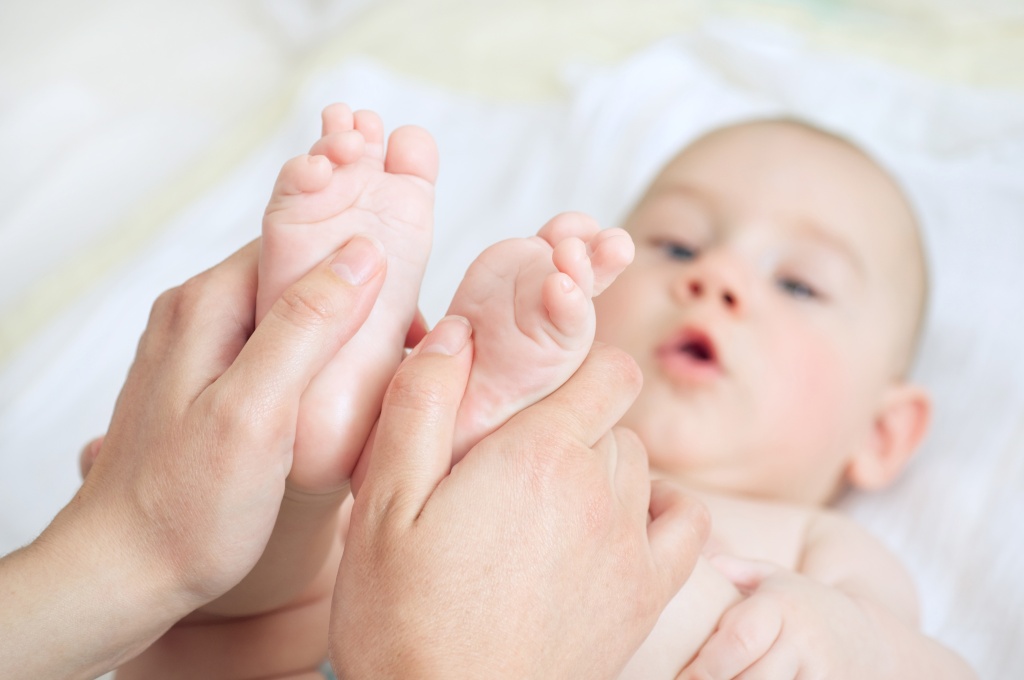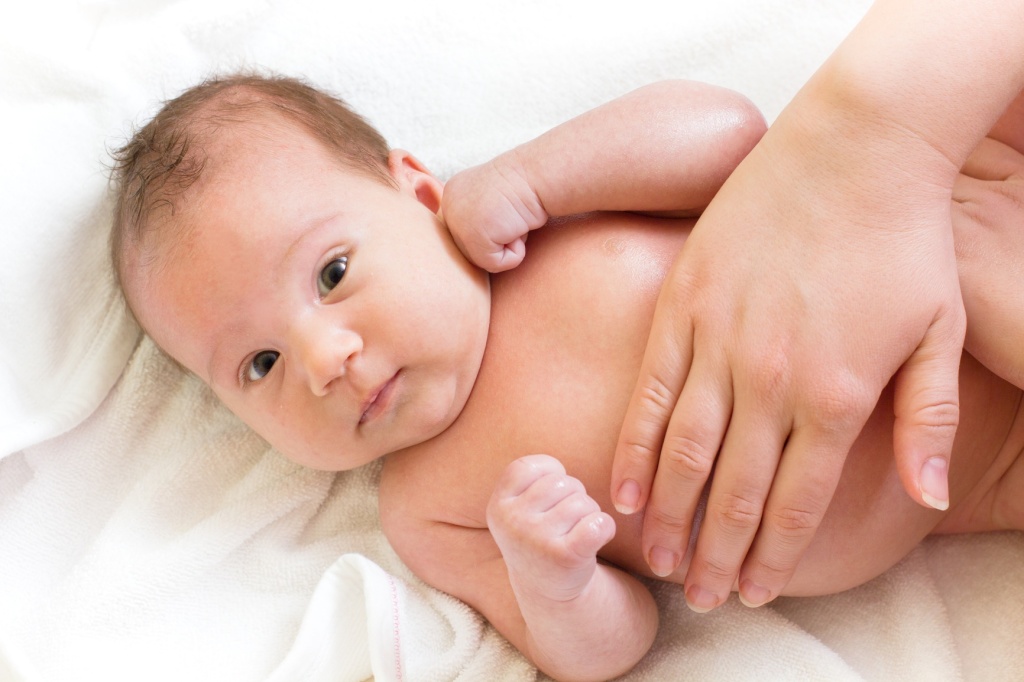Osteopathy for Children


Dr. Sutherland, a student of A.T. Still who founded osteopathy, studied the sutures of the cranial bones in depth and developed cranial osteopathy. Based on Still’s principles of the interrelationship of structure and function he examined the results of compression and tension of the cranial bones during the birthing process on growth and development of the entire body. He summarized his findings the following: “As the twig is bent so doth the tree incline.” This means that strains at the cranium occurring at birth can have an effect on the whole body. Pregnancy, the position of the baby in utero, as well as the birthing process are important aspects. These can lead to dysfunctions leading to digestive disturbances, torticollis, sleep disturbances and altered ehavior. Through Osteopathy these strains and dysfunctions can be gently released before ossification. Hence Osteopathy also plays a preventive function.
When treating babies and children very gentle techniques are being used in order restore function and aid in their development.
As babies are very response to treatment it is rare that more than 4 treatments are needed.
Examples of conditions treated:
- Postural abnormalities: asymmetries of posture, misshapen skull or face birth (plagiocephaly), scoliosis, torticollis, hip dysplasia, excessive arching
- Digestive disturbances: colic, reflux, constipation, difficulties breast
- Diseases of ear, nose and throat: throat: chronic middle ear infections (otitis tympanic effusion, chronic sinusitis, chronic bronchitis, asthma
- Behavioural- and learning difficulties: motor restlessness, sleep difficulties concentrating, difficulties with fine motor skills


